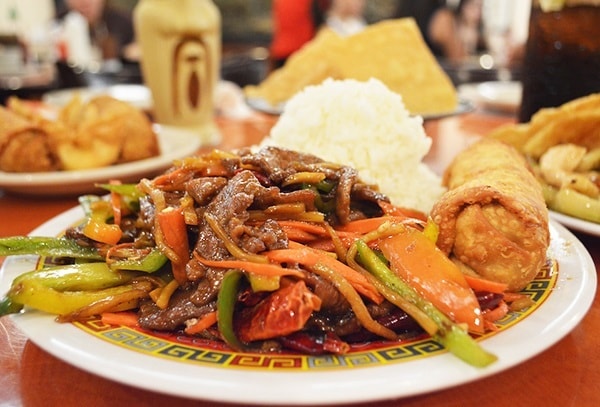Do you steer clear of Chinese take-outs because you felt unwell several times after consuming them in the past? You may have what’s referred to as Chinese restaurant syndrome. A syndrome is not a disease, but rather a collection of symptoms that takes place together due to certain factors, which sometimes cannot be identified by medical experts.
Reports on Chinese restaurant syndrome first appeared in the late 1960s. Back then, experts put the blame on monosodium glutamate or MSG, a food additive that is used to enhance the flavor of food. However, there is not enough evidence available to confirm that the culprit is MSG. In fact, the FDA says that MSG is safe for human consumption.
Cause
When Chinese restaurant syndrome first surfaced, studies conducted had shown that the root cause was the ingestion of MSG. Derived from the fermentation of sugar cane or molasses, MSG is actually regarded as a safe food additive. Scientists say that MSG is very much like glutamate, which can be found naturally in so many foods.
However, further studies have shown that MSG may not be the real culprit behind Chinese restaurant syndrome, but something else than needs to be identified. But it is important to note that a small percentage of the population actually experience unwanted side effects from the consumption of MSG, especially in high amounts. This is the reason why the FDA has required food companies to put MSG on the list of ingredients if such is used.
By the way, contrary to popular belief, Chinese food is not the only one that contains MSG. The truth is there are many processed foods and snacks that also contain it. For instance, hotdogs contain MSG, and this is the reason why sometimes Chinese restaurant syndrome is also known as “hotdog headache”.
Signs and Symptoms
You may have Chinese restaurant syndrome if you experience some unfavorable signs and symptoms about 2 hours after eating Chinese food. Sometimes they last for a few hours, but it’s possible for them to bug you for days.
Chinese restaurant syndrome is also known as “glutamate-induced asthma”, and this makes it clear that one of the many symptoms of Chinese restaurant syndrome is shortness of breath. It is also accompanied by a few others, and they include numbness or burning sensation in the mouth and/or throat, headache, sweating, skin flushing, fatigue and nausea. An increase in heart rate is also a common symptom of Chinese restaurant syndrome.
Diagnosis
A doctor will ask what you have eaten in the last couple of hours when you seek medical treatment. This will help identify whether or not the ones you consumed could be causing the signs and symptoms. Since Chinese restaurant syndrome is not really a disease, there is no available test for it as of the time being.
If you are complaining of increased heart rate or palpitation, an electrocardiogram or ECG may be performed to determine if a heart problem is causing it or some other factor. Your airway will be inspected by the doctor if you are complaining of shortness of breath to check if there’s swelling.
Treatment
Usually, Chinese restaurant syndrome requires no treatment. What’s more, the acute signs and symptoms it brings do not usually yield lasting effects on the health and body. After a few hours, the signs and symptoms associated with Chinese restaurant syndrome go away on their own even without medical treatment.
There are instances, however, wherein a person may have extreme adverse reactions. It is considered as a medical emergency if he or she is experiencing severe chest pain, shortness of breath and palpitations. The individual should be rushed to a medical facility if there is swelling of the lips and/or throat.
Source: dinghowsa.com








